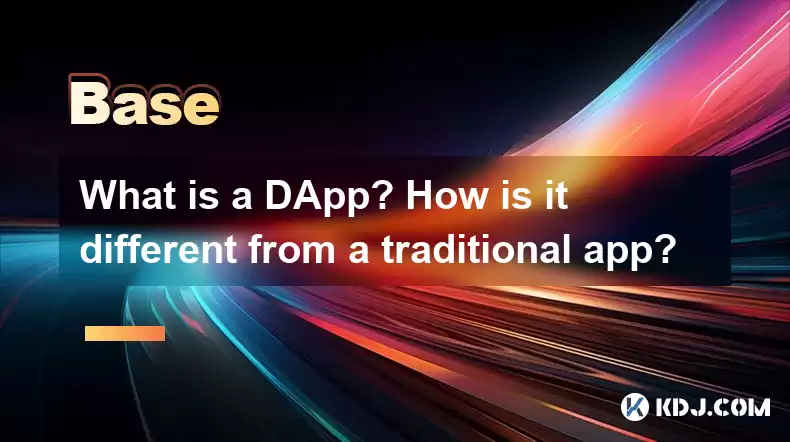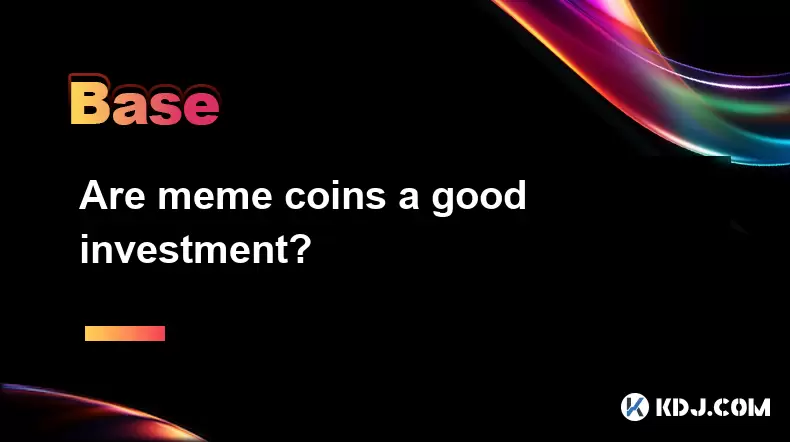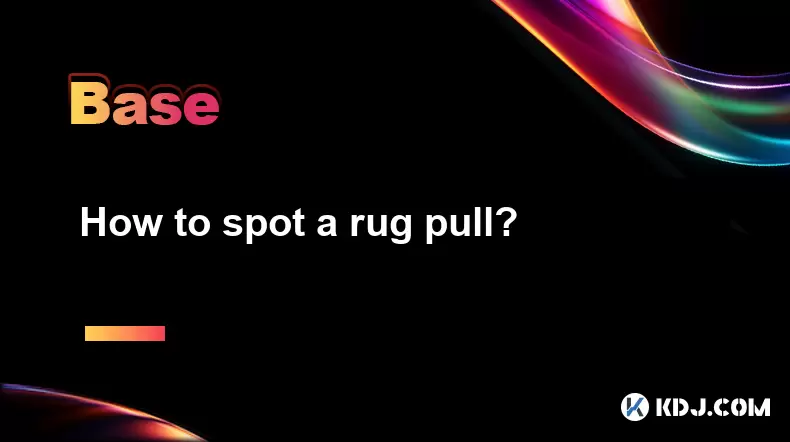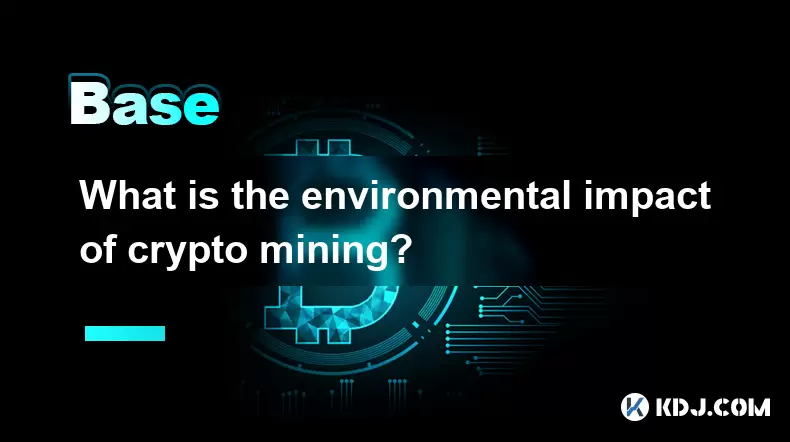-
 Bitcoin
Bitcoin $116700
0.24% -
 Ethereum
Ethereum $3973
4.34% -
 XRP
XRP $3.283
7.68% -
 Tether USDt
Tether USDt $1.000
0.01% -
 BNB
BNB $789.8
2.27% -
 Solana
Solana $176.2
3.31% -
 USDC
USDC $0.9999
0.00% -
 Dogecoin
Dogecoin $0.2238
5.14% -
 TRON
TRON $0.3389
-0.51% -
 Cardano
Cardano $0.7907
4.03% -
 Stellar
Stellar $0.4527
10.02% -
 Hyperliquid
Hyperliquid $41.07
4.27% -
 Sui
Sui $3.794
1.77% -
 Chainlink
Chainlink $19.49
10.40% -
 Bitcoin Cash
Bitcoin Cash $580.9
0.74% -
 Hedera
Hedera $0.2617
4.32% -
 Avalanche
Avalanche $23.41
3.67% -
 Ethena USDe
Ethena USDe $1.001
-0.03% -
 Litecoin
Litecoin $122.4
1.38% -
 Toncoin
Toncoin $3.364
1.49% -
 UNUS SED LEO
UNUS SED LEO $8.988
0.37% -
 Shiba Inu
Shiba Inu $0.00001295
2.82% -
 Uniswap
Uniswap $10.62
5.75% -
 Polkadot
Polkadot $3.922
4.46% -
 Dai
Dai $1.000
0.01% -
 Bitget Token
Bitget Token $4.494
2.15% -
 Monero
Monero $268.0
-1.30% -
 Cronos
Cronos $0.1523
3.68% -
 Pepe
Pepe $0.00001127
4.43% -
 Aave
Aave $285.4
4.85%
What is a DApp? How is it different from a traditional app?
DApps, decentralized applications, run on peer-to-peer networks like blockchains, unlike traditional apps relying on centralized servers. This offers enhanced security, censorship resistance, and transparency, but faces scalability and user experience challenges.
Mar 16, 2025 at 11:10 am

Key Points:
- Definition of DApp: A decentralized application (DApp) is a software application that runs on a decentralized peer-to-peer network, typically a blockchain, rather than a centralized server. This key difference impacts security, censorship resistance, and transparency.
- Key Differences from Traditional Apps: Unlike traditional apps controlled by a single entity, DApps leverage blockchain technology for transparency, security, and immutability. This leads to differences in data storage, user control, and governance.
- Functionality and Examples: DApps offer a range of functionalities, from DeFi protocols facilitating lending and borrowing to decentralized exchanges for trading cryptocurrencies and NFT marketplaces for digital asset trading.
- Technical Aspects: Understanding the underlying blockchain technology, smart contracts, and cryptographic principles is crucial for comprehending DApp functionality and security.
What is a DApp?
A decentralized application, or DApp, is a software application that operates on a distributed network, usually a blockchain. This contrasts sharply with traditional apps which rely on centralized servers controlled by a single entity or company. The decentralized nature of DApps means that no single point of failure exists, making them theoretically more resilient to censorship and single points of control. Data is often stored across multiple nodes on the network, enhancing security and transparency.
How is a DApp different from a traditional app?
The core difference lies in control and data management. Traditional apps rely on centralized servers owned and operated by a company. This gives the company complete control over the app, its data, and user access. DApps, conversely, utilize blockchain technology, distributing control and data across a network. This makes them more resistant to censorship and single points of failure. The data stored on a blockchain is often immutable, meaning it cannot be easily altered or deleted.
Data Storage and Management:
Traditional apps store user data on centralized servers, making them vulnerable to hacking and data breaches. DApps often leverage blockchain technology for data storage, enhancing security and transparency through distributed ledger technology. The exact method of data storage varies depending on the DApp and the underlying blockchain. Some DApps may use off-chain storage solutions for scalability reasons, while others rely solely on on-chain storage for maximum security and transparency.
User Control and Governance:
Traditional apps grant the app developer significant control over user data and functionality. DApps, however, aim to empower users through decentralized governance models. This often involves token holders who can vote on changes to the DApp's protocol or features. This fosters a more democratic and community-driven approach to development and maintenance. However, the level of user control varies widely among different DApps.
Security and Transparency:
The decentralized and transparent nature of DApps enhances security. Since the code and data are publicly available on the blockchain, it's easier to audit and identify potential vulnerabilities. However, the complexity of smart contracts and the potential for unforeseen bugs remain significant security challenges. The security of a DApp is also heavily reliant on the security of the underlying blockchain network.
Examples of DApps:
DApps cover a wide range of applications. Decentralized Finance (DeFi) protocols, such as lending and borrowing platforms, are prominent examples. Decentralized exchanges (DEXs) allow users to trade cryptocurrencies without intermediaries. Non-fungible token (NFT) marketplaces provide platforms for buying, selling, and trading digital assets. Gaming platforms are also increasingly adopting DApp technology to create truly decentralized gaming experiences.
Technical Aspects of DApps:
Developing and understanding DApps requires knowledge of blockchain technology, smart contracts, and cryptography. Smart contracts are self-executing contracts with the terms of the agreement directly written into code. These contracts are stored on the blockchain and automatically execute when predefined conditions are met. Cryptography plays a vital role in securing transactions and ensuring data integrity within the DApp. Different programming languages are used for DApp development, depending on the underlying blockchain.
How do DApps use Smart Contracts?
Smart contracts are the backbone of many DApps. They automate the execution of agreements, removing the need for intermediaries. For instance, in a DeFi lending platform, a smart contract automatically manages the lending and borrowing process, ensuring that funds are disbursed and repaid according to the terms agreed upon. This automation increases efficiency and reduces the risk of fraud. However, smart contract vulnerabilities can have significant consequences, highlighting the importance of rigorous auditing and testing.
What are the limitations of DApps?
Despite their advantages, DApps have limitations. Scalability can be a challenge, as blockchain transactions can be slow and expensive, particularly on some networks. User experience can also be less intuitive than with traditional apps, due to the complexities of interacting with a decentralized system. The adoption rate of DApps is still relatively low compared to traditional apps, hindering network effects and liquidity.
Common Questions and Answers:
Q: Are DApps more secure than traditional apps?
A: DApps offer enhanced security due to decentralization and transparency, but they are not entirely immune to vulnerabilities. Smart contract bugs and exploits remain a significant concern.
Q: How can I use a DApp?
A: Using a DApp typically involves installing a cryptocurrency wallet and interacting with the DApp through a web browser or dedicated application.
Q: What are the benefits of using a DApp?
A: Benefits include increased transparency, censorship resistance, enhanced security (though not guaranteed), and potentially greater user control.
Q: What blockchains are commonly used for DApps?
A: Ethereum is a leading platform for DApp development, but other blockchains like Solana, Polygon, and others are gaining popularity.
Q: Are all DApps built on blockchain technology?
A: While most DApps leverage blockchain, some may utilize other distributed ledger technologies or decentralized networks. The core principle remains decentralization.
Disclaimer:info@kdj.com
The information provided is not trading advice. kdj.com does not assume any responsibility for any investments made based on the information provided in this article. Cryptocurrencies are highly volatile and it is highly recommended that you invest with caution after thorough research!
If you believe that the content used on this website infringes your copyright, please contact us immediately (info@kdj.com) and we will delete it promptly.
- Punisher Coin: The Altcoin Ready to Punish Your Portfolio with Gains?
- 2025-08-08 22:50:16
- Mutuum Finance, Bitcoin Whales, and Binance: Decoding the Crypto Currents
- 2025-08-08 22:30:11
- Bitcoin, Crypto Market, Volatility: Riding the Rollercoaster in NYC Style
- 2025-08-08 22:50:16
- HTX Copy Trading Extravaganza: Rewards and Opportunities for Traders
- 2025-08-08 23:30:12
- SPX6900 Pumps & TOKEN6900 Presale: Month Growth Mania!
- 2025-08-08 23:30:12
- Dogwifhat, Beanie, and $800,000: A Meme Worth Millions?
- 2025-08-08 23:35:12
Related knowledge

Can you reuse a crypto wallet address?
Aug 08,2025 at 03:49pm
Understanding Wallet Addresses in CryptocurrencyA crypto wallet address is a unique identifier used to send and receive digital assets on a blockchain...

Are meme coins a good investment?
Aug 08,2025 at 11:36pm
Understanding Meme Coins and Their OriginsMeme coins are a category of cryptocurrencies that originated from internet humor or viral trends rather tha...

How are flash loans used?
Aug 08,2025 at 01:08pm
Understanding Flash Loans in Decentralized FinanceFlash loans are a unique innovation within the decentralized finance (DeFi) ecosystem, allowing user...

How to spot a rug pull?
Aug 08,2025 at 11:21pm
Understanding the Concept of a Rug PullA rug pull is a type of scam prevalent in the decentralized finance (DeFi) and cryptocurrency space where devel...

What is the environmental impact of crypto mining?
Aug 09,2025 at 12:28am
Energy Consumption of Cryptocurrency MiningThe environmental impact of crypto mining begins with its substantial energy consumption, primarily driven ...

What are common crypto trading strategies?
Aug 08,2025 at 12:42pm
Understanding Trend Following in Crypto TradingTrend following is one of the most widely adopted crypto trading strategies due to its simplicity and a...

Can you reuse a crypto wallet address?
Aug 08,2025 at 03:49pm
Understanding Wallet Addresses in CryptocurrencyA crypto wallet address is a unique identifier used to send and receive digital assets on a blockchain...

Are meme coins a good investment?
Aug 08,2025 at 11:36pm
Understanding Meme Coins and Their OriginsMeme coins are a category of cryptocurrencies that originated from internet humor or viral trends rather tha...

How are flash loans used?
Aug 08,2025 at 01:08pm
Understanding Flash Loans in Decentralized FinanceFlash loans are a unique innovation within the decentralized finance (DeFi) ecosystem, allowing user...

How to spot a rug pull?
Aug 08,2025 at 11:21pm
Understanding the Concept of a Rug PullA rug pull is a type of scam prevalent in the decentralized finance (DeFi) and cryptocurrency space where devel...

What is the environmental impact of crypto mining?
Aug 09,2025 at 12:28am
Energy Consumption of Cryptocurrency MiningThe environmental impact of crypto mining begins with its substantial energy consumption, primarily driven ...

What are common crypto trading strategies?
Aug 08,2025 at 12:42pm
Understanding Trend Following in Crypto TradingTrend following is one of the most widely adopted crypto trading strategies due to its simplicity and a...
See all articles

























































































